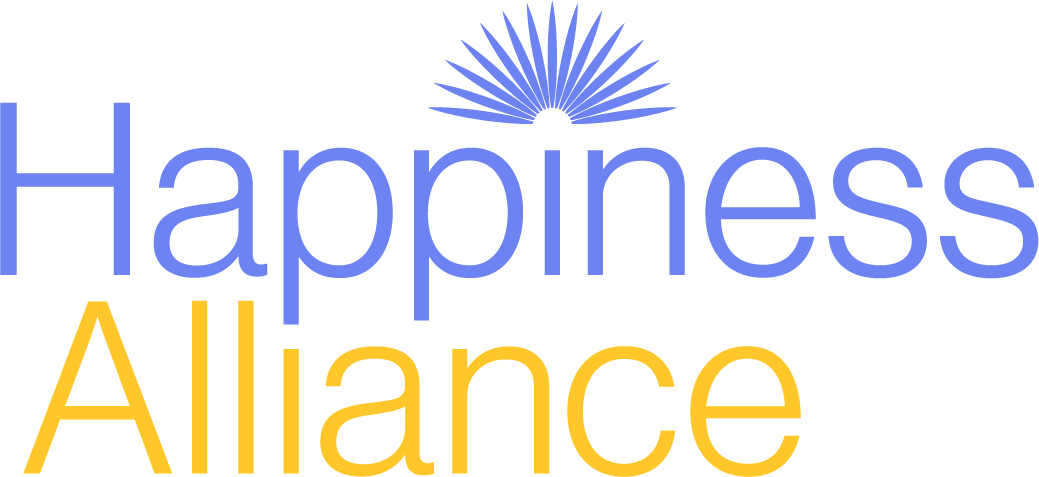|
Few may remember it today, but the Happiness Movement got its start because the use of Gross Domestic Product or GDP (the sum of all goods and services produced in a year) by governments leads to inequality. In the last four or five decades, our reliance on GDP to guide economic and social policy has lead to the suffering and misery of people who do not get richer as GDP rises, but instead, get poorer. It reinforces racial inequality. It legitimatizes injustice. The rich get richer, the poor get poorer and our justice, social and cultural systems celebrate the rich and blame the poor. To make matters worse, those who get poorer can least afford it, and those who get richer lose touch with how bad things are for the poor. Stiglitz, Sen and Fitoussi, three economists, summed some of these findings up in a report conveniently known as the Stiglitz -Sen-Fitoussi Commission Report.
The genesis, purpose and aim of the Happiness Movement is to measurably define inequality and then, using a measurement-driven-approach, find and implement solutions that cure inequality through improving people’s wellbeing. While the Happiness Movement may seen like a frivolous endeavor aimed at making already happy people a little happier, it's just the opposite. It is as serious as the words of the US Declaration of Independence, which heralded a revolution that changed how governments operated globally: all people have an inalienable right to life, liberty and the pursuit of happiness. Happiness is economic and social equality.
2 Comments
Thomas
12/27/2023 04:03:18 am
Thanks for sharing
Reply
12/29/2023 01:48:51 am
CVS Pharmacy has recently launched a customer feedback survey to enhance their service quality. By participating in this survey found at https://www.cvshealthsurvey.me/, customers not only have the opportunity to voice their opinions but also have a chance to win a $1000 cash prize. This initiative aims to gather valuable feedback directly from customers, enabling CVS Pharmacy better to understand their needs, preferences, and expectations. By actively listening and incorporating customer feedback into its operations, CVS Pharmacy strives to improve its services and overall customer experience continuously. Participating in this survey provides customers with a platform to contribute to the ongoing evolution and enhancement of CVS Pharmacy's offerings.
Reply
Leave a Reply. |
We CarePosts written by the People of the Happiness Alliance & our Friends. Archives
March 2024
Categories |
Sign up for the Happiness Alliance Newsletter
THE HAPPINESS ALLIANCE IS A 501(c)3 NONPROFIT REGISTERED IN THE UNITED STATES
The Happiness Index is Copyright © 2014 by the Happiness Alliance
 RSS Feed
RSS Feed
